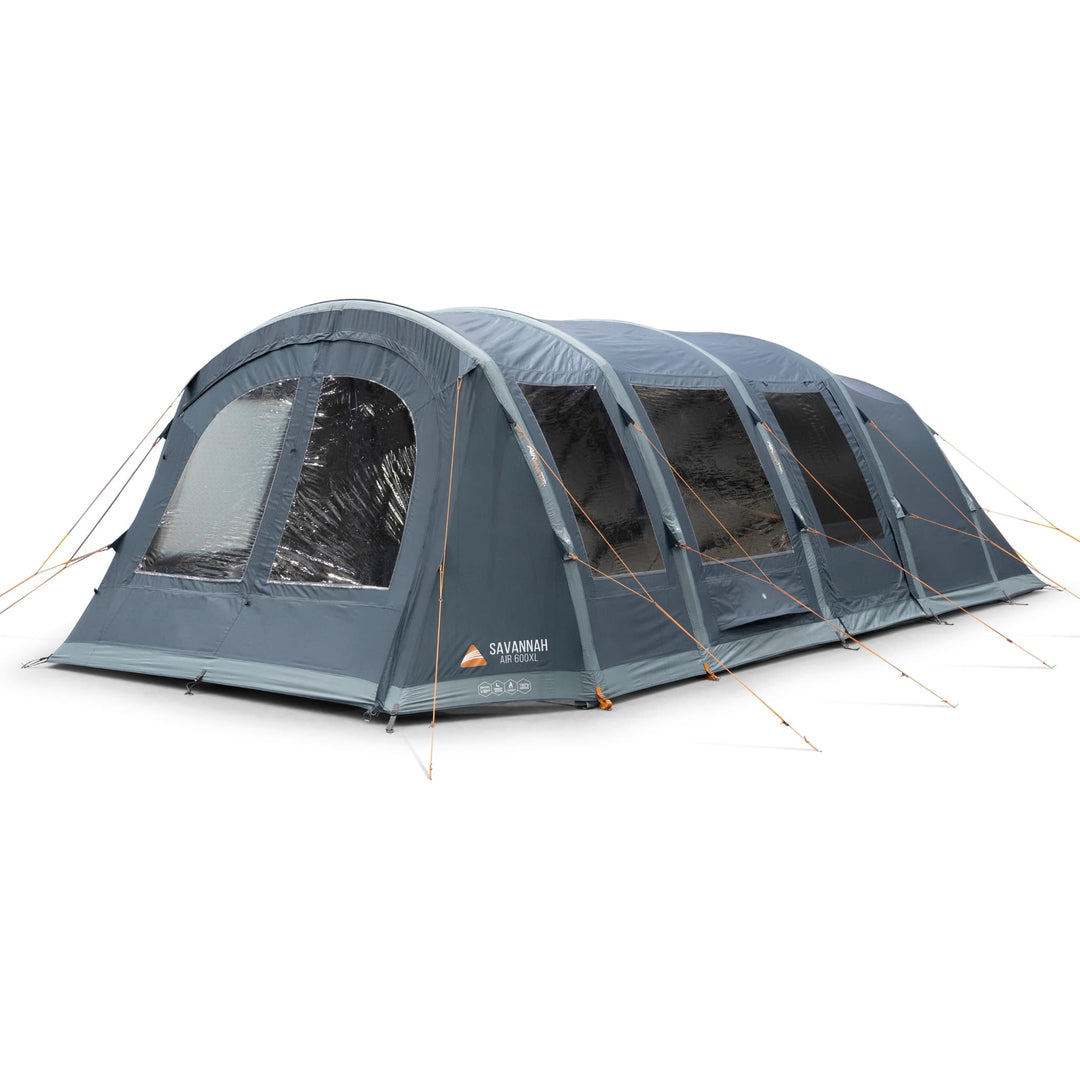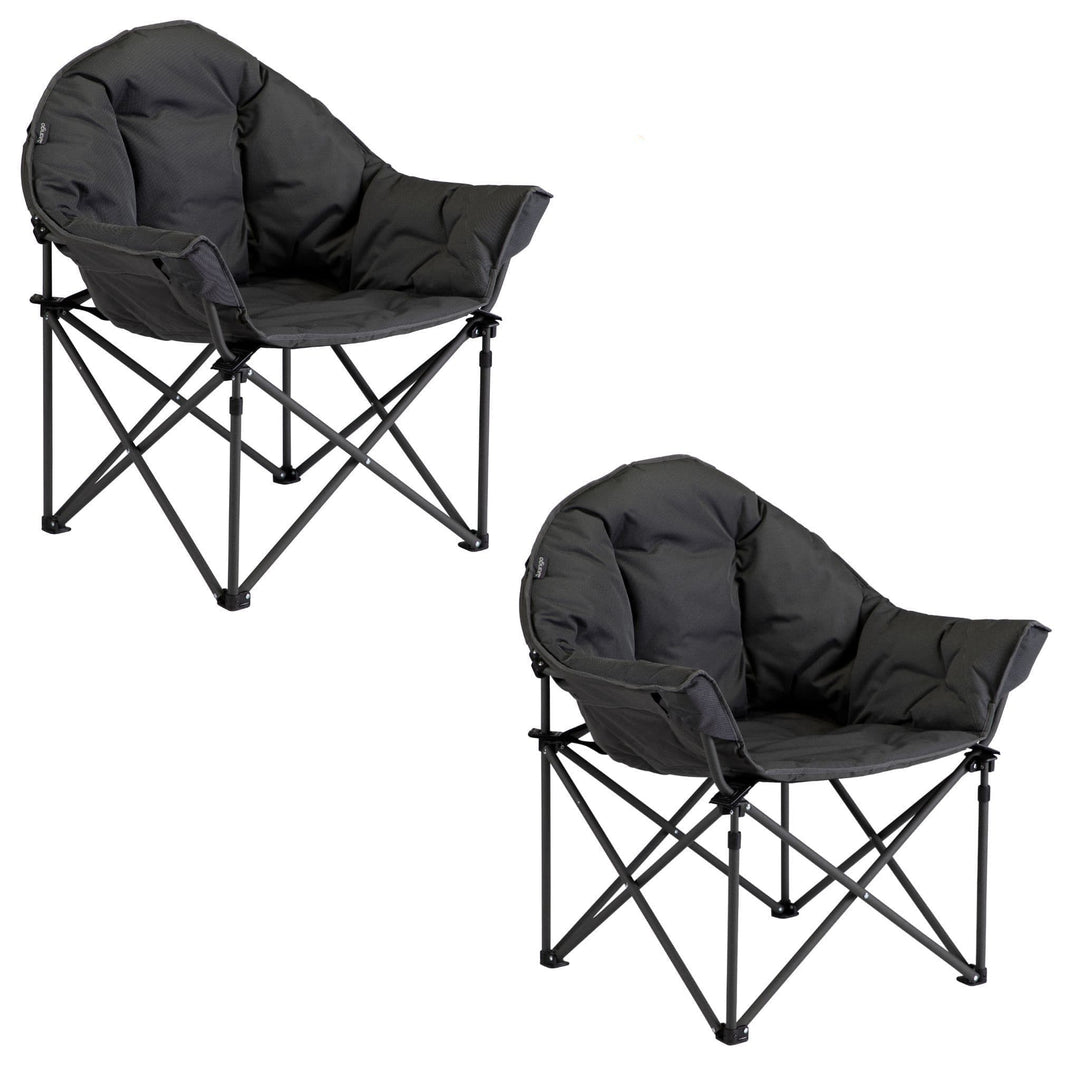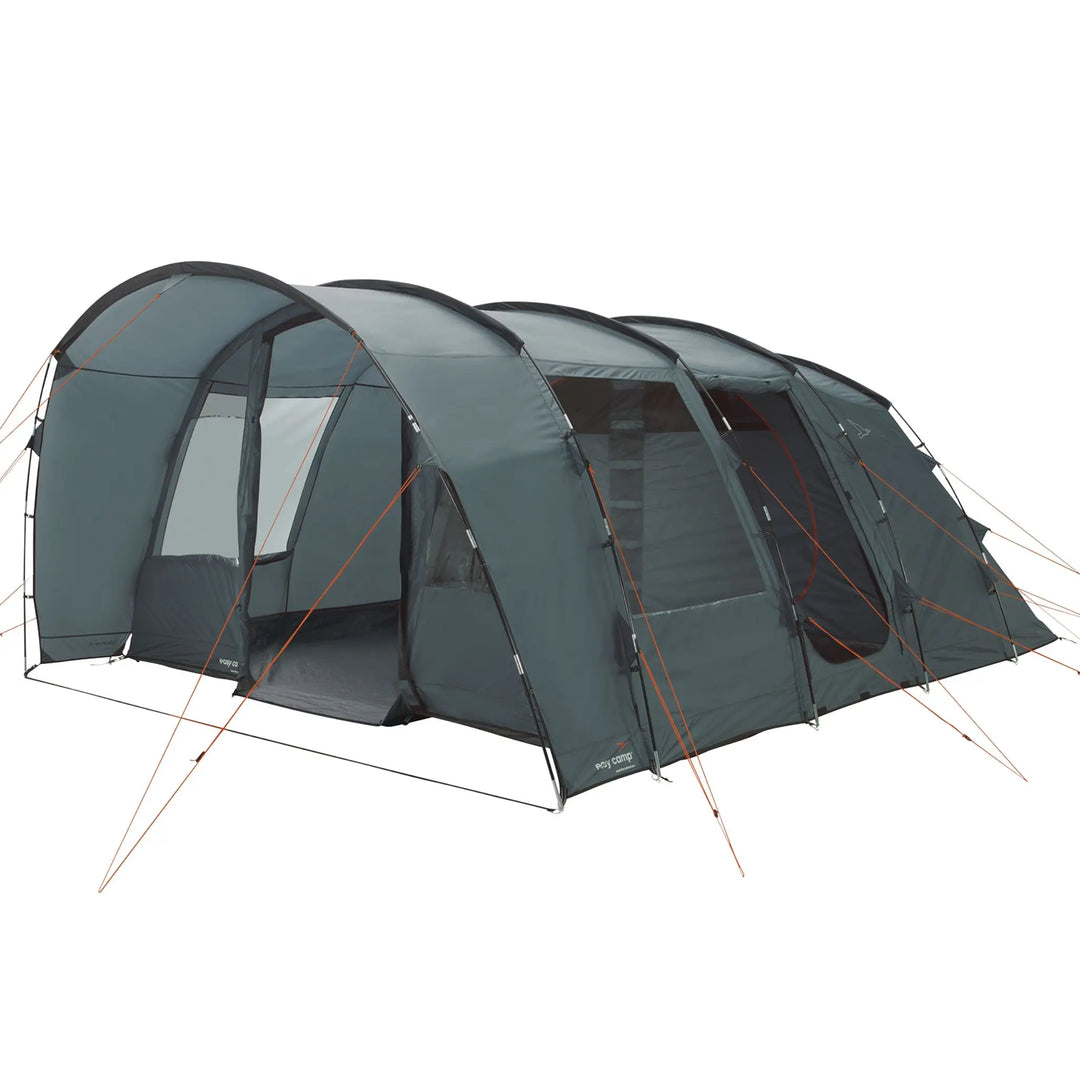Condensation in Tents & Awnings: Causes, Signs & Prevention Tips

Condensation in Tents: Causes, Signs, and How to Prevent It
Finding water inside your tent or awning doesn’t necessarily mean it’s leaking. Most modern tents are made with high-quality materials and feature taped seams to keep out rain and moisture. If you’re noticing dampness, condensation is the likely culprit. Here's everything you need to know about condensation in tents and awnings—and how to reduce it for a more comfortable camping experience.
What Is Condensation?
Condensation occurs when warm, moist air inside your tent comes into contact with cooler surfaces, such as the tent walls or roof, and turns into liquid. This is especially common in tents and awnings with limited ventilation, particularly during colder weather or in humid conditions.
Tents are designed to be waterproof, so if you find water inside, it’s often not a leak but moisture from the air condensing on the tent's interior. Proper ventilation is key to managing this issue.
Here's a great video by Vango on condensation
Signs of Condensation
Condensation can mimic the signs of a leaking tent. Knowing the difference is important:
-
Signs of Condensation:
- Water droplets on the inside walls or ceiling
- Damp sleeping bags, clothes, or gear
- A musty or damp smell
- Visible fog or moisture inside the tent
- Beading or pooling at the tent’s base
-
Signs of a Leaking Tent:
- Water pooling consistently in the same location
- Heavy water ingress in one area
- Dark, wet patches on the canvas
Polyester Tents and Condensation
Polyester tents, while durable and waterproof, are non-breathable. This makes proper ventilation essential to avoid condensation. Keep ventilation points open, even during cool or rainy weather, and use mesh doors or windows to promote airflow. Without adequate ventilation, moisture can build up quickly, leaving the interior damp and uncomfortable.
Condensation in Air Tents
Inflatable tents, which use inflatable airbeams instead of poles, are particularly prone to condensation. The temperature difference between the air inside the beams and the surrounding environment can lead to moisture forming around the beams. This often results in dampness at the base or along the beams themselves. Proper airflow is crucial to prevent this build-up.
How to Stop Condensation in Tents and Awnings
Reducing condensation requires good airflow. Here are some practical steps:
-
Maximise Ventilation:
- Open all vents, doors, and windows, even during rainy or cold weather.
- Use mesh panels to allow airflow while keeping insects out.
-
Avoid Moisture-Building Activities:
- Cook or boil water outside the tent whenever possible.
- Avoid drying wet clothes inside the tent.
-
Manage Temperature Differences:
- Use a groundsheet to minimise contact with cold surfaces.
- Place insulation layers between your sleeping area and the tent floor.
-
Keep Gear Dry:
- Store damp items in a waterproof bag or outside the sleeping area.
For additional tips, check out our detailed guide: How to reduce condensation in my tent or awning.
Final Thoughts
Condensation is a common challenge for campers, but it’s not insurmountable. By ensuring proper ventilation and taking preventative measures, you can reduce moisture build-up and enjoy a more comfortable camping experience. If you’re shopping for tents or awnings designed with airflow in mind, explore our full range of tents and awnings.
FAQs About Condensation in Tents
Why does condensation happen in tents?
Condensation occurs when warm, moist air meets cooler surfaces, turning into liquid. It’s common in tents with limited ventilation.
How can I stop my tent from getting wet inside?
Improve airflow by opening vents and doors. Avoid activities that increase moisture, like cooking inside the tent.
Is condensation worse in certain weather conditions?
Yes, it’s more common in humid or cold weather, where the temperature difference between the inside and outside of the tent is greater.












